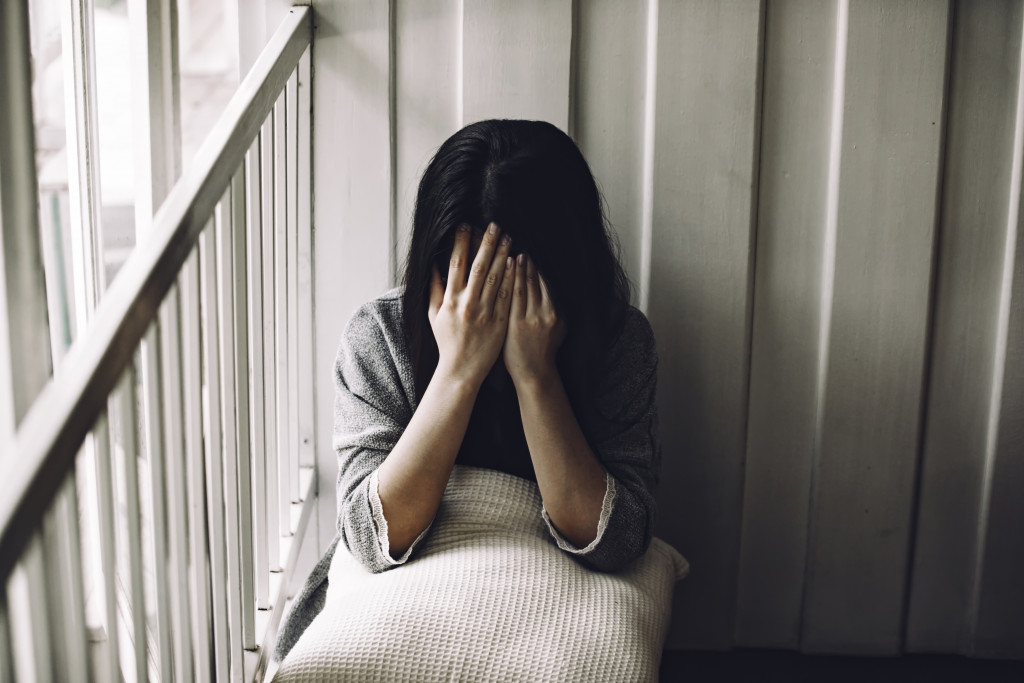It’s that time of year again. The weather is getting colder, the leaves are changing colors, and there’s a frosty chill in the air.
Amid these positive changes in the season is the risk of millions of Americans developing seasonal affective disorder (SAD), which can directly impact their consumer behavior.
What Is Seasonal Affective Disorder?
Interestingly abbreviated SAD, seasonal affective disorder is a form of depression related to the seasons. This depressive disorder usually starts in autumn and winter, when days are shorter, and ends in spring or early summer.
SAD is already a recognized mental health problem under the Diagnostic Manual of Mental Disorders (DSM-5), and it’s called major depressive disorder with seasonal patterns. According to the American Psychiatric Association, it currently affects at least 5 percent of US adults, and the symptoms can last for as long as 40 percent of the year. Women are also more likely than men to experience this form of depression.
What Causes SAD?
In reality, no one knows why this happens. Many scientists believe SAD is caused by changes in serotonin, a chemical messenger found naturally in the brain. The brain has many neurotransmitters (e.g., norepinephrine and dopamine) that perform various tasks throughout your body. One of these roles is to help promote feelings of well-being and happiness.
Inside the brain, these neurotransmitters attach themselves to specific receptors. Serotonin attaches itself to 5HT1A and 5HT2A/C, which are located inside the brain, as well as on blood cells.
Symptoms of SAD worsen during the winter months because the lack of sunlight decreases levels of serotonin in two ways:
- Decreasing its production in nerve cells
- Increasing its reuptake
Because there is less serotonin available, it cannot work properly. Low levels of serotonin can cause the most common symptoms present in people with SAD:
- Depression
- Anxiety
- Sleep difficulties
- Carbohydrate cravings (which can lead to weight gain)
- Irritability

How SAD Can Impact Consumer Behavior
There are not many studies on the possible effects of SAD on consumer behavior, but you can use existing related literature on depression and shopping. People who are depressed exhibit the following behaviors:
- They hoard possessions, which sounds great for business at first glance. However, they struggle to find value or satisfaction from their purchases. In other words, buying might eventually backfire.
- Depressed people are both stingy and not generous. Even if they have high purchasing power, they might not buy a lot in the end.
- They avoid social contact. They might not spend much time at the shop, avoid peak hours or seasons like holidays, or cut their trip and shopping short.
- Depressed people might not engage in new things or experiences, which means they stick to a brand for the time being, especially when they can derive even a small amount of pleasure from the products or services.
How can then businesses help people with SAD? They can explore many ideas, one of which is lighting. Landscape lights, which businesses like restaurants can incorporate in their outdoor dining, can support American consumers with SAD.
Light therapy can mimic the feeling of being under the sun, and it can trick the body into producing more serotonin. It can also help correct sleeping patterns. During the colder months, the nights are longer. But the body’s internal clock, which is sensitive to light, might not immediately adjust to the changes in the environment.
By exposing themselves to light, consumers somehow “extend” their waking hours for a few minutes. This way, they can better stick with their sleeping schedule.
Businesses can then pair this mood lighting with music. Studies such as this 2017 research point out that music can help alleviate the symptoms of depression, at least in the short term. It could be because pleasant, positive ones can help invoke happy feelings or emotions. Soft music can also slow down the heart rate and blood pressure, which can decrease anxiety symptoms, which often accompany depression.
Lastly, music and light can go together with greenery like a garden. A long list of studies already cites how nature can benefit people with mental health problems like SAD. For one, they can promote redirected attention, which can encourage someone to avoid rumination.
Moreover, many experts believe that humans are biophilic in nature, which means it is innate to seek and commune with our natural surroundings. Being with plants, therefore, can uplift mood.
Businesses can also help people dealing with SAD. In fact, supporting them can boost conversion and brand loyalty. After all, it’s common to pick companies that make us feel good.

